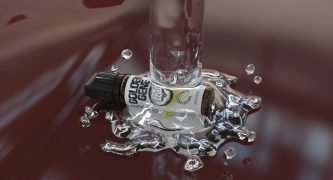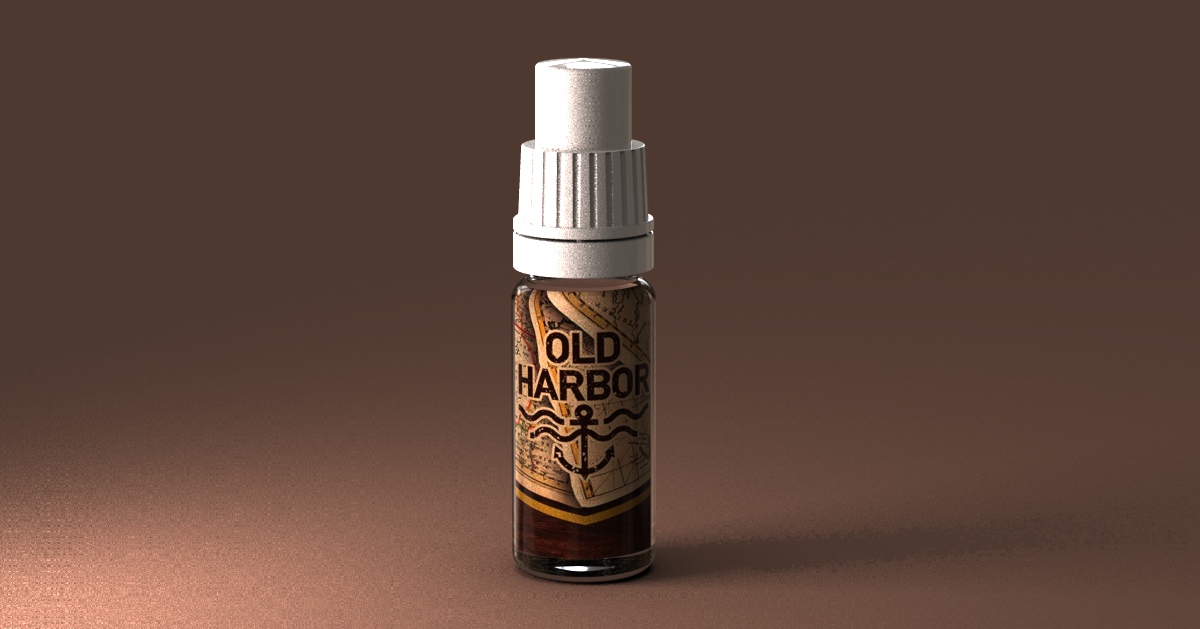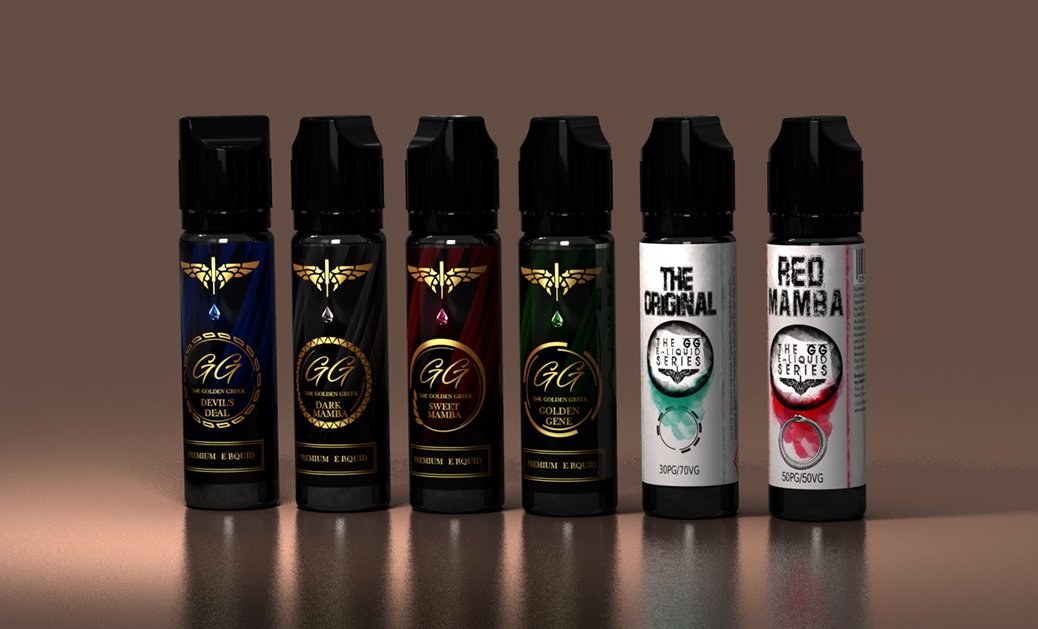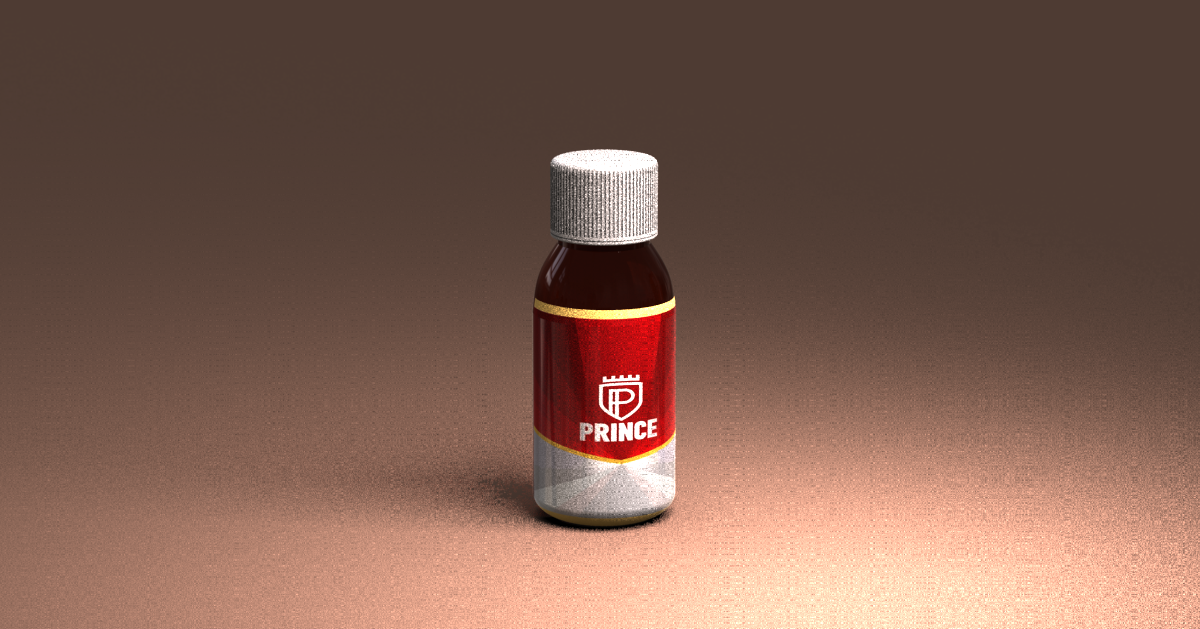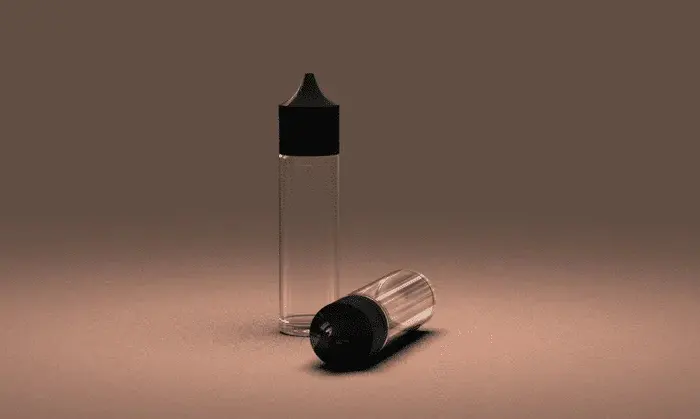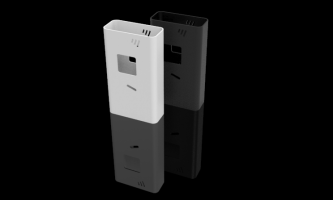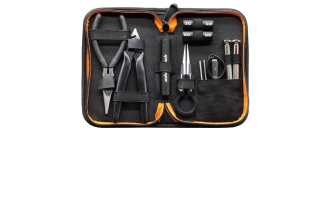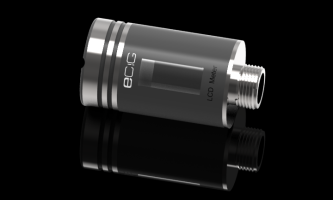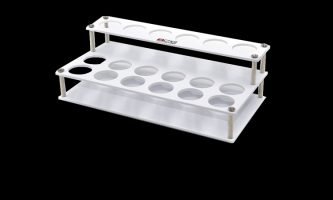- Ελληνικά
-
- GG MODS
- GG ATOMIZERS – BRIDGES – FEEDING SYSTEMS
- GG E-LIQUIDS
- GG PODS (Regal & Regal S)
- GG WIRES – GG COTTON – SILICA
- GG DRIP TIPS – GG ACCESSORIES
- GG RECOMMENDED PRODUCTS
- GG SPARES
- About Golden Greek
- Golden Greek vape innovations
- Golden Greek latest models
- Golden Greek 3D models
- Golden Greek Gallery
- Golden Articles
- Find Golden Greek
- Golden Greek FAQ
- Golden Greek awards
- Golden Greek reviews
- NEW ARRIVALS
- OFFERS
- CALCULATORS
- Wishlist
- Newsletter
- Contact
- Wholesale
- Account details
THE INVENTORS OF MODERN VAPING
THE BEST INNOVATIONS FOR THE BEST VAPERS
Search
The temperature control (TC) method in electronic cigarettes (mods)
This method refers to one of the vaping modes, which is the most appropriate for several reasons that we will discuss below.
Learn more about temperature control or temp control on e-cigs, (atomizers-mods), rta and rda atomizers, their effect on flavors and flavorshots, and on vape wires.
When and by whom was temperature control in mods invented?
In 2012, the Golden Greek company discovered and started work to develop a new vaping system, that of controlling the temperature developed on the wire (resistance) of an electronic cigarette. In 2014 the system was introduced to the market under the name V.I.R. and was installed in the mod under the name Proteus. A month later, DNA introduced through its company the exact same system.
What does temperature control mean
It refers to the selection of the temperature we want to develop on the resistance wire of an atomizer, in order to regulate the amount of vapor we want to produce in each puff. With this method of vaping, advantages are obtained which could not be obtained by any other way of heating the resistance wire of the atomizer.
The operating principle of the temperature control
We know that metals when heated by electric current increase their resistance to its passage. Each metal changes its resistance in a different way. This means that if we measure this change, we can accurately determine the temperature developed in each metal for any given time.
The wire of the atomizers, i.e. the resistor that we build each time, consists of wire, i.e. a metal conductor of a specific cross-section, which is passed through by electric current each time we press the mod button to vape. Therefore, and by knowing exactly which metal we have placed inside our atomizer, we can actually know the temperature that will develop in its resistance.
The mathematical formula that describes the phenomenon is as follows:
ρθ=ρ0 (1+αθ)
where ρθ is the electrical resistivity of the metal at θ °C
p0 is the electrical resistivity of the metal at 20° C
θ is the temperature in °C that we request, minus the room temperature (i.e. 20 °C)
a is the temperature coefficient of resistance, which is always a fixed number for each metal.
The temperature coefficient α can be positive (so the resistance increases with temperature), negative (so the resistance decreases with the temperature) or zero (so the resistance does not change with the temperature, as happens in kanthal or Ni80 wires but also in other metals such as manganin and constantan).
So when we set a temperature on our mod’s display, the electronic board translates that into a change in resistance by a certain percentage.
This is exactly the mathematical formula we used to produce V.I.R. back at 2012.
A simple example to understand how it works:
Suppose we place a resistance of of the metal Zirconium in our atomizer of 1 ohm. We know that Zirconium changes its resistance when heated by 0.1 ohm per increase of 10 degrees Celsius for example. (This only refers to an example and not to the actual increase in Zirconium’s resistance, we just use the 0.1 ohm change to make it easier to understand the principle of the phenomenon).
So, if the room temperature is 20 degrees Celsius (this temperature is always a reference point in physics and mods), it means that at 200 degrees Celsius the resistance of the wire will have increased to the amount of 3.8 ohms (since for every 10 degrees increase in temperature, the resistance of Zirconium increases by 0.1 ohm as already mentioned).
So the electronic board (in which we have already set Zirconium as the metal we use on our atomizer), if it notices an increase in resistance to 3.8 ohms, will realize that the temperature of the wire has reached the 200 degrees Celsius that we set via the mod’s screen.
The electronic board maintains the temperature until the power needed by the circuit drops below a certain level (of the order of 5 watts for example, due to a reduction of the liquid on the wick). As soon as the circuit starts to need only 5 watts to maintain the temperature, the circuit stops working.
Advantages of the temperature control method
The most important advantages of the above method are 3 and are the cornerstone of vaping.
1. Avoiding high temperature and “burnt” sensation
Without temperature control, the atomizer can develop a very high temperature which can irreparably damage the respiratory tract, whereas by implementing the temperature control method, the mod will stop or reduce its operation once it reaches the specified temperature.
2. The inhale is exactly what you expect, with no surprises and annoying ups and downs due to the change in resistance through heating.
3. Avoiding deterioration of the liquid absorption material (cotton), so that we do not have to replace it frequently.
Our opinion is that temperature control is the appropriate method of vaping and should be applied exclusively to all mods on the market and absolutely no other.
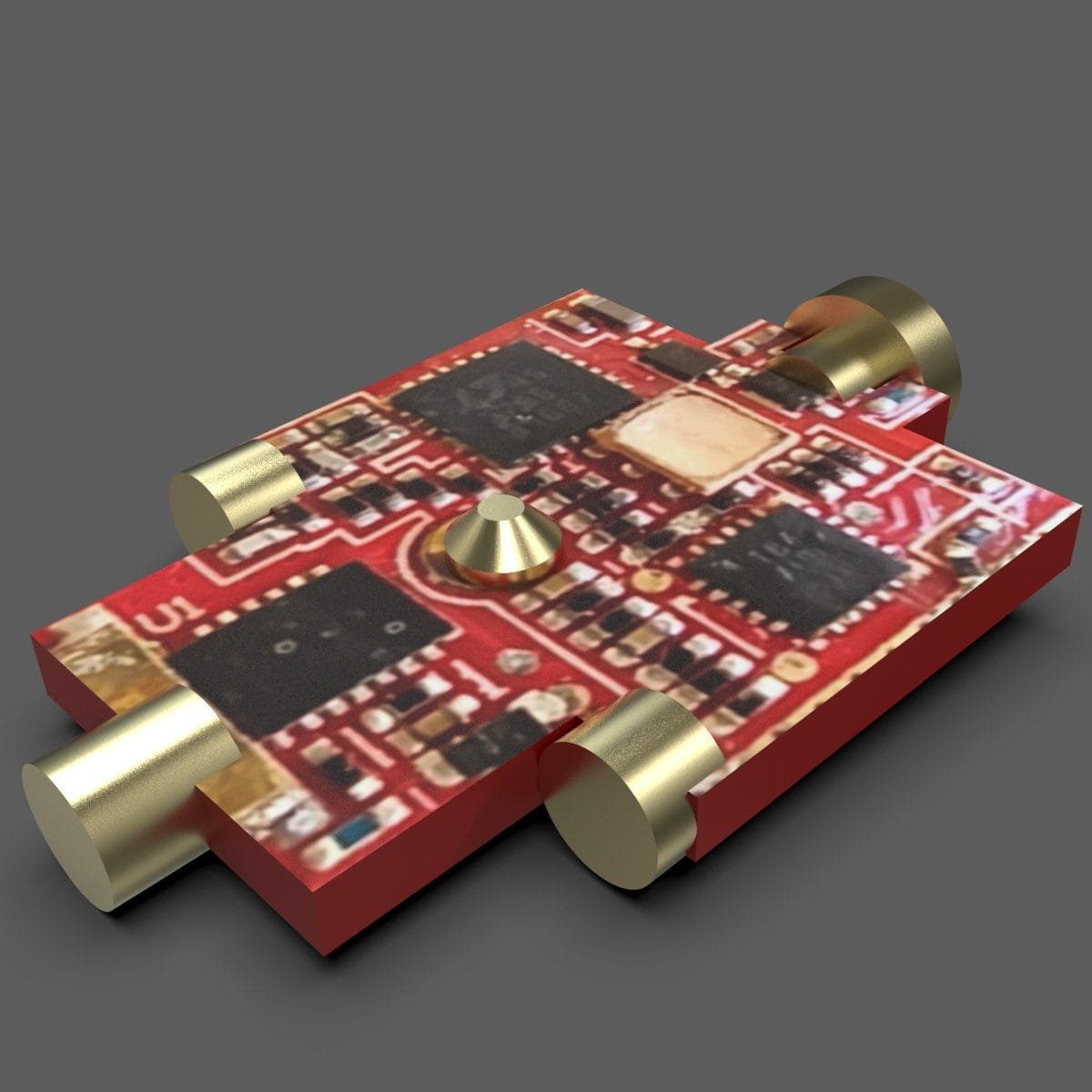
This website sells vape products and is intended only for adult vapers. By entering, you confirm you are 18+ and understand that vaping products are for adults and should be kept away from minors.


